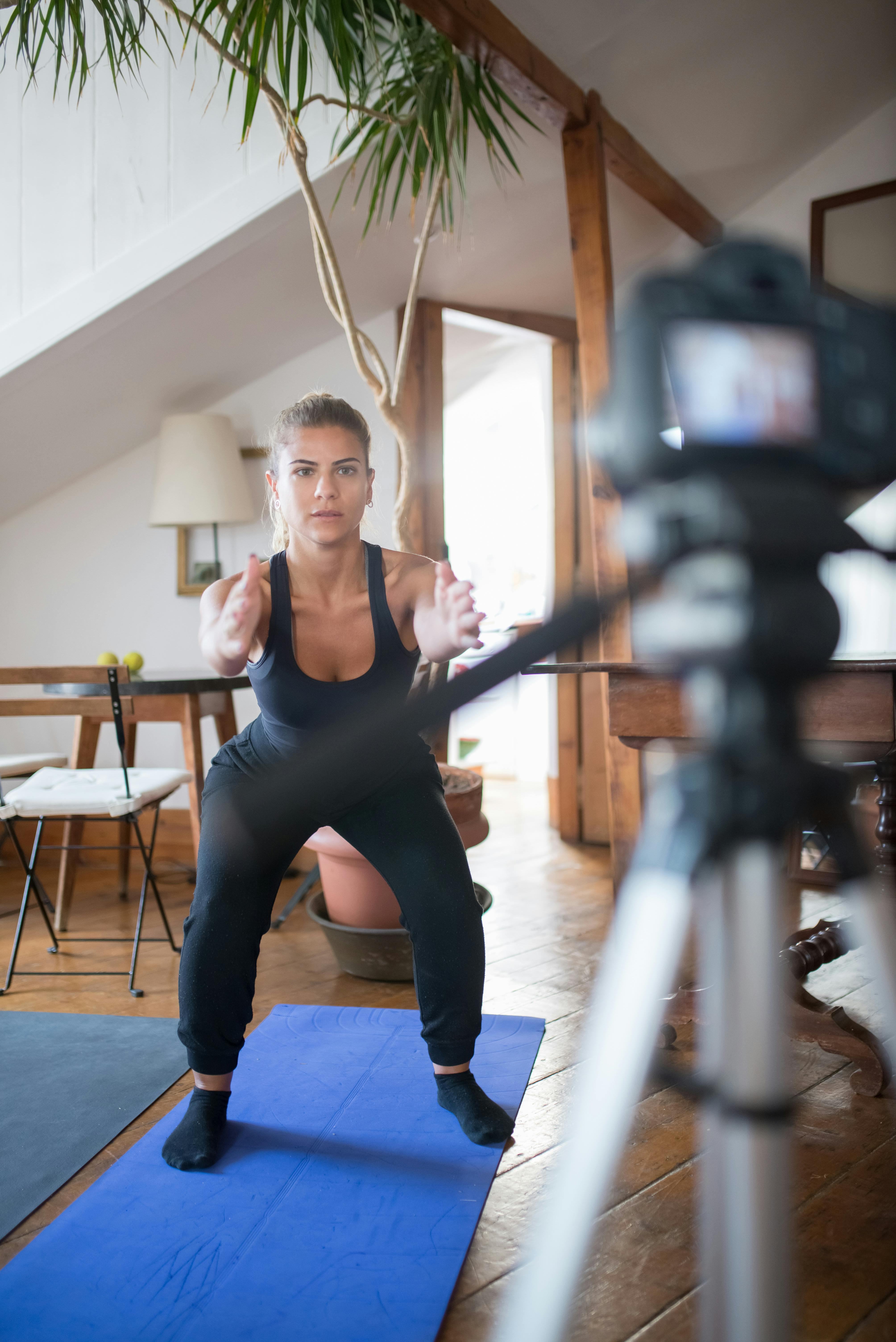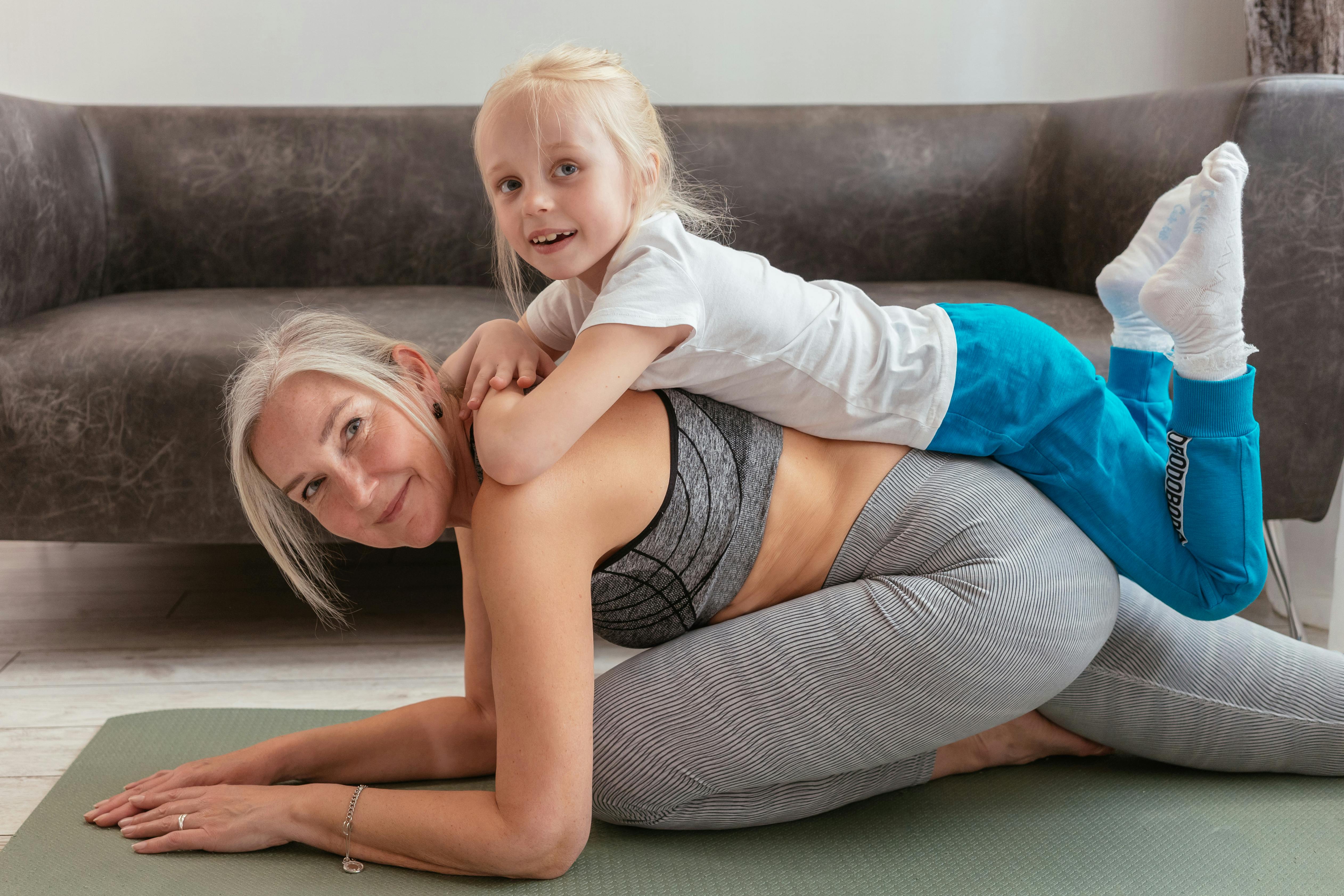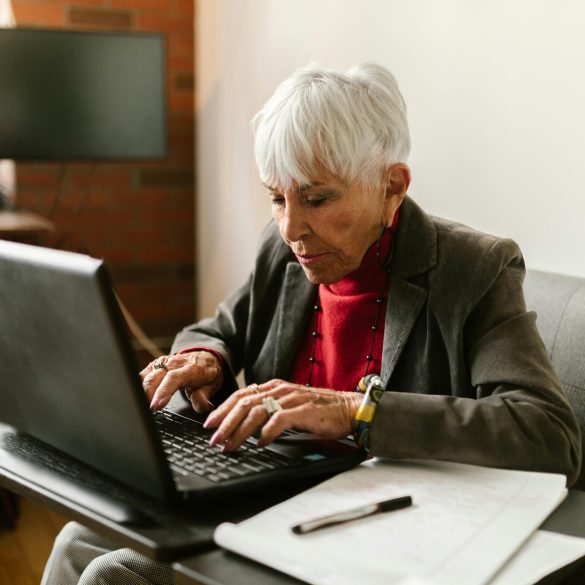Sports in Haiti: 7 Easy Steps to Build Healthy Exercise Habits at Home
If you’ve ever stood in the sticky Port-au-Prince heat, feeling utterly drained before noon—even thinking about exercise can sound bonkers. I’ll be completely honest: five years ago, I’d assumed home workouts in Haiti were reserved for “athletics nuts” with cash to burn, air-conditioned living rooms, or access to a private trainer. What really strikes me, looking back, is how far off the mark that was. My perspective has shifted, and not because I became an overnight fitness fanatic (I absolutely didn’t). Instead, it was witnessing neighbors—shopkeepers, teachers, even my cousin, who works two jobs—forge lasting healthy exercise habits using almost nothing but pure creativity, household gear, and a sense of fun.
Here’s what I’ve learned, both from stumbling through dozens of “affordable fitness” experiments and, occasionally, getting it hilariously wrong: building sustainable exercise routines with limited funds is not just possible in Haiti; it may actually set you up for longer-term success. Why? Practicality. Flexibility. Honestly, sheer stubbornness.
So whether you’re curious, skeptical (“tried it, gave up!”), or somewhere in between, let me walk you through the seven steps—backed by real data, stories from all over the country, and a heap of personal missteps—that can help you build simple, powerful exercise habits at home, no matter your budget or living situation. Take a breath; we’re aiming for progress, not perfection.
Why Home Exercise Matters in Haiti
Let that figure sink in. I used to think soccer on the street, market runs, and endless stair climbs meant “everyone’s fit here.” Not quite. Physical activity in daily life isn’t the same as intentional movement. Couple that with limited sports infrastructure, high traffic, and safety concerns, and suddenly, carving out time for health gets complicated.
Here’s the thing, though: many chronic diseases—in particular, hypertension and type 2 diabetes—are rising sharply in Haiti, according to the World Health Organization3. Regular, simple exercise is now seen as more than a luxury—it’s essential.
Building healthy exercise habits at home isn’t a “nice to have”—it’s a strategic response to Haitian realities, allowing people from all walks of life to gain more energy, better focus, stress relief, and genuine improvements to long-term health.
Common Barriers & Myths in Haiti
Before we dive into action, I need to backtrack and share what nearly tripped me up. The obstacles are real.
- “No time”—especially for working parents and students
- Tiny living quarters and shared homes
- Money worries (i.e., “I can’t afford fancy equipment”)
- Power outages, especially in the summer heat
- Cultural taboos around women sweating or exercising in shared spaces
- Overwhelming “fitness” content online, which can feel out of touch
Sound familiar? The more I spoke with friends and clients, the clearer it became: the standard “just buy a treadmill!” advice does little to serve most Haitians. Instead, practical, locally-adapted solutions work best—and tend to stick long-term4.
“Haitian health communities face a triple challenge: environmental limitations, social pressures, and limited public funding. Yet the ingenuity of locals adapting exercise to home spaces is quietly remarkable.”
Getting Started With Just What You Have
Let me think about this: How do you start when resources are tight, motivation fluctuates, and you might share a one-room apartment with three siblings? Believe me, I’ve been there—and so have hundreds of clients and neighbors I’ve worked with, especially in Jacmel and Cap-Haïtien. The first step (ironically, not always a literal step) is changing your definition of “equipment.”
During my early coaching days, I made the classic mistake: ordered resistance bands and foam rollers online, spent a week waiting for delivery, and watched motivation vanish. Let me clarify—that was not the breakthrough moment I imagined. Things finally clicked when I shifted focus to what Haitians already have in their homes:
- Reusable plastic bottles filled with sand or water (DIY dumbbells)
- Old rice sacks—for dragging, lifting, or step-ups
- Chairs or sturdy wooden stools for dips/key stretches
- Floor space cleared for 10 minutes—no mat needed
- Buckets, soup cans, backpacks (literally anything heavy!)
On second thought? The less-specialized the equipment, the more flexible and “forgiving” it becomes. I’ve consistently found people stick with habits when they aren’t tied to a single missing tool or gadget.5 It’s about making exercise part of life, not a rigid “event”—and that’s truly liberating.
My thinking has evolved: consistency matters far more than gear. Start by moving—just a little, just most days—using and re-using what’s available.
The 7 Easy Steps: A Haitian Approach to Sustainable Home Exercise
- Set a “Tiny” Goal
Forget “an hour daily.” Start with five (yes, five!) minutes a day. This is the “Keystone Habit” approach6. In my experience, it’s not about ambition—it’s that nothing feels overwhelming. I remembered my cousin’s post-earthquake routine: just 20 push-ups between cooking and street errands. The start is what matters. - Make It Ridiculously Accessible
Want to stretch? Put a chair by your bed. If you use sand bottles, keep them next to the laundry basket. Sounds silly—but “out of sight” is truly “out of mind,” especially during electricity cuts or when you’re hustling dinner and homework. - Use the Social Factor—Smartly
I’ll be honest: accountability isn’t automatic in Haitian homes, especially for women. But turning chores into mini-competitions or stretching while your kids read homework out loud works wonders. In Les Cayes, I saw schools running 10-minute “active breaks” using old tires and chalk lines. The more public and playful it feels, the better.7 - Add Music—Your Way
No “gym playlist” required. I’ll never forget the energy in a Gonaïves kitchen workout where the radio, drumming, and laughter—plus a bit of rara—turned squats and lunges into honest-to-goodness fun. - Track Progress, Not Perfection
Mark days on a paper calendar, not in a fancy app you’ll stop checking after a week. When you miss a day? Shrug it off. Progress, not guilt. - Rotate Movements Weekly
Variety trumps burnout. One week it’s stairs and squats, the next? Try household “relay races” or timed holds. This keeps muscles guessing and boredom at bay.8 - Reward Yourself—Honestly
The more I consider this, the more certain I am: celebration matters. Make small rituals—a cold glass of akasan after a week, a phone call with a friend, posting your progress in a WhatsApp group. This works far better than waiting for “big results” to feel proud.
- Low barrier to entry (no fancy gear required)
- Fits local rhythms and realities
- Encourages flexibility and resilience
- Focus on habit over heroics
Real-Life Stories & Success Tips from the Community
What gets me every time is how creative and adaptive Haitians are, no matter the obstacles. Here are three short stories that stuck with me:
- Jean-Claude, Delmas: “Started with 10 push-ups and a rice sack for squats because that’s all I had. After 2 months, I’d dropped 7 pounds—and my knees felt less stiff climbing tap-taps.” There were weeks he skipped, but tracking on his calendar got him back on track.9
- Lise, Jacmel: “I felt embarrassed to exercise in front of family. Finally, I started doing stretches with my kids and their school group after lunch. The kids looked forward to it; now it’s our routine—and I sleep much better.”
- Bernard, Port-de-Paix: “I trained with bricks and buckets—chased my nephews around the yard. My focus for work improved, my stress dropped. No gym needed.”
“Seeing small progress every week—not aiming for perfection—is the mindset that helps Haitians thrive, even with very little.”

Affordable Home Equipment Comparison Table
Let’s get practical. Too many lists online push imported gear that’s either unavailable or unaffordable in Haiti. Instead, here’s a human-made, field-tested table for common household “equipment.” This echoes what real families use—and what I’ve relied on during countless power cuts, rainy seasons, and times, frankly, when things just felt stuck.
| Equipment | Cost (HTG/USD) | Typical Use | Advantages |
|---|---|---|---|
| Plastic Bottle (filled) | Free / $0 | Weight lifting, balance training | Readily available, adjustable weight, safe for all |
| Chair / Stool | Already owned | Step-ups, squats, dips, stretching | Helps with mobility, safe if sturdy |
| Rice/Laundry Sack | $1-2 | Sandbag, weighted carry | Great for core and grip strength |
| Backpack (weighted) | Already owned | Squats, walking lunges, rows | Balance, progressive strength |
| Bricks | Free | Farmers’ carries, step exercises | Found outdoors, strengthens grip and legs |
- What do I already have in my home or yard?
- Can this object be safely lifted, held, or balanced?
- Would a neighbor or family member want to join me?
If the answer is “yes” to any, that’s all you need to begin. Adapt, iterate, and make your own rules.
Seasonal, Weather & Space Adaptations
Actually, thinking about it differently, our tropical climate isn’t always on your side. The rainy season (April–June, September–October) can be a blessing—cool air, but more mud and slippery floors. Summers are hot and humid. My recommendation? “Shift and shrink.” Move your session to early morning or after sunset, cut the workout in half during high heat, or use fans and wet towels as needed.10 I’ve coached families who do “micro-workouts” (literally 2-3 minutes) during gaps in chores in the hottest weeks.
- Use narrow entryways for balance work
- Step-ups on single stairs (even outdoor concrete)
- Floor stretches on a single towel if you can’t clear a full room
The jury’s still out for me on exercising outdoors in urban areas—sometimes it’s wonderful (especially in the countryside), other times, safety just isn’t worth it. Pay attention to your surroundings and adjust.
Motivation in Haitian Culture: Community and Resilience
Here’s where I get passionate: if you ask me what sets Haitian exercise culture apart, it’s relentless resourcefulness—and a remarkable communal spirit. From carnival dancers rehearsing on roof terraces to “group sprints” down dusty lanes, shared activity is in our DNA. The more you integrate friends, kids, cousins, even neighbors, the less likely you’ll quit—even if your “equipment” is a pile of books or bricks.11
“Community is the secret sauce of sustainable exercise—especially here, where resources are limited. When it’s fun and shared, people commit.”
Speaking of commitment, I’ve also seen faith groups (especially women’s prayer circles) transform into casual walking or stretching clubs—a powerful model worth mentioning. But I’m getting sidetracked; the point is, connection is a huge predictor of habit formation.12
Troubleshooting: What to Do When You “Slip” or Lose Steam
- Missed a day? Reframe it as “one skipped brick, not a collapsed wall.”
- Family not supportive? Ask them to try just one move—curiosity breaks resistance.
- Hurt or tired? Swap to gentle stretching or resting—progress means listening, not pushing blindly.13
I’m not entirely convinced any so-called “perfect” routine exists. Aim for “good enough most of the time.” That’s more Haitian—and, frankly, more human.
Conclusion: Sustaining Habits & Haitian FAQs
Building long-term exercise habits at home in Haiti isn’t about heroism, discipline, or a big budget. It’s a blend of daily adaptation, community spirit, and permission to start small. Every “imperfect” session still counts—and each creative tweak you make (swapping in a rice sack, moving furniture, adding music) can make exercise stickier, more joyful, and, honestly, more Haitian.
- Q: What if I can’t do a “full” workout?
A: That’s fine. Mini-sessions and movement “snacks” (stretching, wall push-ups, silly dances) are proven to improve energy and mood.15 - Q: How do I keep myself accountable?
A: Paper checklists, WhatsApp group updates, or friendly competitions work wonders—especially with kids or neighbors involved. - Q: Can seniors or those with injuries do this?
A: Absolutely—just be extra patient, focus on joint-friendly moves (like chair squats), and listen to qualified health advice. - Q: Where do I find Haitian-friendly exercise videos?
A: Community networks and local NGOs often share content on Facebook or via WhatsApp chains—seek out sources like Fonkoze or local Red Cross chapters.16
“Every new routine, no matter how small, shapes not just your body but your courage for the future. Start where you are, and let the habit become homegrown.”



